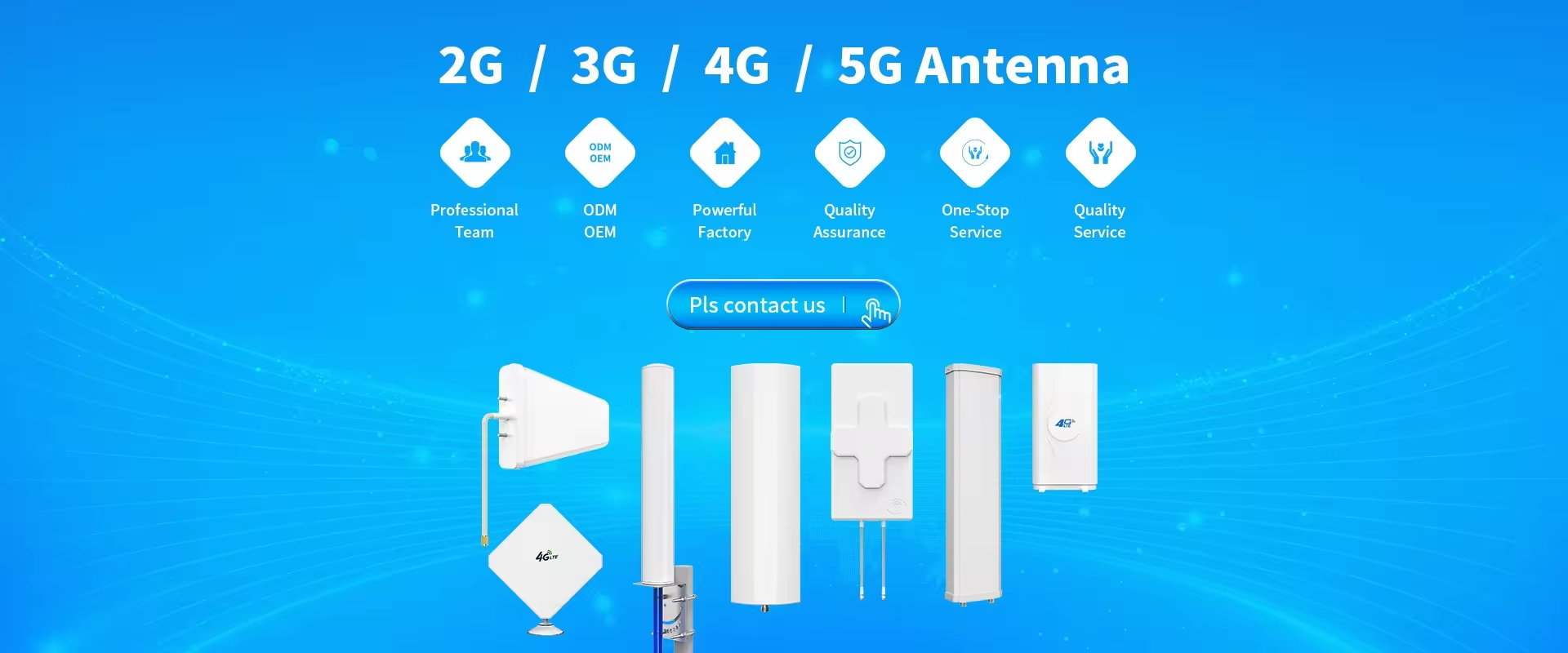Facebook has long required users to link their accounts to a phone or computer, which often feels inconvenient. However, the latest developments in Facebook VR are changing that. The new VR headset is set to break free from the "wired" era, offering a more seamless and immersive experience. This is a major leap forward and a big surprise for many.
Currently, VR adoption is limited mostly to gaming enthusiasts, which has slowed market growth. Despite this, Mark Zuckerberg remains confident that VR will eventually become mainstream. Recently, Facebook announced plans to launch a new VR headset that operates independently—without needing a computer or smartphone. This represents a significant step toward greater mobility and accessibility.
The VR industry is at a critical crossroads. While companies have invested heavily in developing this transformative technology, consumer adoption has been slow. At the Oculus Connect 4 conference, over 2,500 developers gathered to discuss the future of VR. Sales challenges were expected to be a major topic of conversation.
According to reports, the upcoming headset will offer more freedom than previous models like the Oculus Rift. It’s designed to be more user-friendly and portable, making it easier for a wider audience to try VR without the need for expensive hardware.
Stephanie Llamas, a research vice president at Super Data, believes that if there's enough engaging content—like games and movies—the Oculus Go could attract a large number of consumers. “Oculus Go has the potential to boost sales, but only if it meets consumer expectations,†she said.
Facebook made a bold move back in 2014 by acquiring Oculus for $3 billion. Since then, it has poured resources into VR hardware, aiming to expand its use beyond niche markets. The goal is to make VR a key platform for entertainment, communication, and commerce.
In 2016, the Oculus Rift was launched with high expectations. Even former President Barack Obama participated in a virtual tour of the White House before the official event. However, the Rift was expensive—$599 for the headset and another $500 for a compatible PC—making it inaccessible to many.
Oculus and Samsung have maintained a close partnership in VR development. As a result, features originally designed for the Rift may not appear on Gear VR. However, new features like Oculus Rooms and ParTIes are now available on Gear VR.
At Oculus Connect 4, Facebook introduced a new feature called 3D Push. This allows users to share 3D content directly on Facebook, making it easy to view on mobile or desktop devices, or even through a VR headset. Users can also edit and create 3D content, opening up new creative possibilities.
This feature enhances the experience on platforms like Oculus Media Studio and Facebook Spaces, allowing for more interactive and immersive content. With more 3D content being created, the overall VR experience on Facebook is expected to improve significantly.
Over the past year, Facebook has invested heavily in VR content. Rachel Franklin, Facebook’s social VR director, promised that more types of VR content will be available in the future.
Earlier reports mentioned that Oculus had closed 200 experience stations, including 500 in Best Buy stores. Despite these setbacks, analysts believe VR will eventually evolve into a product that users truly want. Zuckerberg himself has acknowledged that it may take up to 10 years for VR to reach its full potential.
Brian Blau, a Gartner analyst, noted that Facebook’s strategy is to make VR more accessible and affordable. The Oculus Go, priced at $199, is an attractive entry point. But whether consumers are willing to pay for a device that offers only VR experiences remains to be seen.
2G/3G/GSM/4G/5G Antenna
The 2G/3G/GSM/4G/5G Antenna is a versatile and crucial component in modern communication systems, facilitating seamless connectivity between devices and enabling access to a broad range of wireless services. This multi-band antenna is designed to operate across various frequency bands, including the newly introduced 5G spectrum, specifically covering the frequencies from 885-900MHz and 1800-2170MHz for 5G connectivity. It is a testament to the evolution of wireless technology, accommodating the diverse needs of users in today's fast-paced digital world.
At the core of its functionality, the 2G/3G/GSM/4G/5G Antenna serves to enhance the signal strength and reliability of mobile phones, computers, and other wireless-enabled devices. By efficiently capturing and transmitting radio waves, it ensures that users can enjoy uninterrupted voice calls, high-speed data transfers, and seamless streaming experiences. Whether indoors or outdoors, this antenna plays a pivotal role in maintaining a strong and stable connection to the cellular network.
For outdoor applications, the 2G/3G/GSM/4G/5G Antenna is engineered to withstand harsh environmental conditions. It is equipped with waterproofing features that protect against rain, snow, and other moisture-related issues. Additionally, its sun-proof design ensures that prolonged exposure to direct sunlight does not compromise its performance or durability. Furthermore, lightning protection measures are incorporated to safeguard the antenna against electrical surges, ensuring its continued operation even during severe weather conditions.
Moreover, the antenna's corrosion-resistant properties make it an ideal choice for outdoor installations. This durability ensures that the antenna remains functional and reliable over extended periods, reducing the need for frequent maintenance or replacements.
In summary, the 2G/3G/GSM/4G/5G Antenna is a highly versatile and essential component for modern communication systems. Its ability to operate across multiple frequency bands, including the latest 5G spectrum, makes it a valuable asset for users seeking fast, reliable, and uninterrupted connectivity. Whether for personal use or in a commercial setting, this antenna's robust design and advanced features ensure that it can withstand the demands of a wide range of environments and applications.
The Picture of the Description of 2G/3G/GSM/4G/5G Antenna:
2G Antenna,3G Antenna,GSM Antennas,4G Antenna,5G Antenna
Yetnorson Antenna Co., Ltd. , https://www.yetnorson.com
